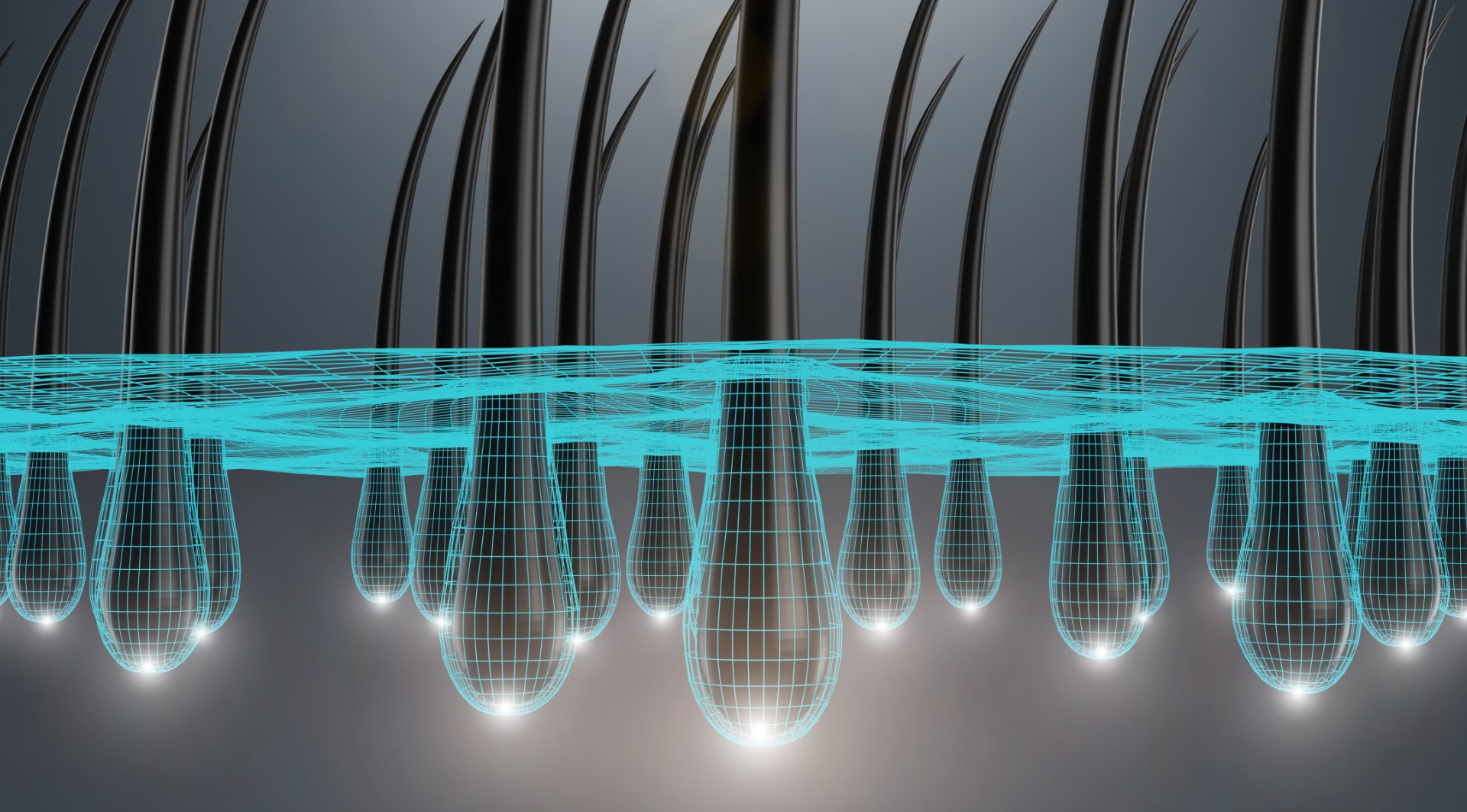Hair Damage: Common Causes, Prevention, and Effective Hair Care Practices
Hair damage can occur due to various factors, including physical, chemical, physiological, and environmental influences. Understanding these causes empowers you to adopt preventive measures and maintain healthier hair.

- Physical Damage
Incorrect Brushing: Rough brushing or using an unsuitable brush can damage hair, especially when wet.
Heat Styling: Overuse of heat styling tools like blow dryers, straighteners, and curling irons can strip hair of moisture and damage hair by disrupting its protein structure.
Harsh Shampoos: Using shampoos with strong detergents or sulfates can remove natural oils, leaving hair dry and brittle. Vigorous shampooing or scrubbing can also damage the hair cuticle.
Tight Hairstyles: Tight hairstyles like ponytails, buns, and braids can put excessive tension on the hair shaft, leading to breakage and hair loss.
- Chemical Damage
Hair Coloring and Bleaching: These processes involve harsh chemicals that can alter hair structure, weaken protein bonds, and cause dryness, breakage, and color fading.
Perms: Perming involves using chemicals to restructure hair bonds, which can make hair more fragile, prone to breakage, and susceptible to damage from other factors.
Exposure to Chlorine and Chemicals: Chlorine in pools and harsh chemicals in some hair products can damage the hair shaft, causing dryness, breakage, and discoloration.


- Physiological Factors
Nutritional Deficiencies: A lack of essential nutrients like protein, vitamins, and minerals can hinder healthy hair growth and increase susceptibility to damage.
Hormonal Changes: Fluctuations in hormone levels, particularly during pregnancy, menopause, or due to certain medical conditions, can impact hair growth and increase hair loss.
Chronic Stress: Chronic stress can disrupt hormone balance, hinder hair growth, and even lead to hair loss.
Underlying Medical Conditions: Certain medical conditions like thyroid disorders or anemia can contribute to hair loss and hair damage.
- Environmental Factors
Ultraviolet (UV) Rays: Excessive exposure to UV rays from the sun can damage the hair shaft, causing dryness, brittleness, and fading of hair color.
Air Pollution: Pollutants in the air can accumulate on hair, causing damage and dryness.
Dry Air: Dry air, especially in cold or indoor environments, can draw moisture from hair, making it dry, brittle, and prone to breakage.


Understanding the causes of hair damage is crucial for minimizing hair damage and maintaining healthier locks. Gentle hair care practices, suitable product choices, and proper nutrition play a key role in achieving this goal.
Here are some effective strategies to minimize hair damage:
Opt for Sulfate-Free & Gentle Shampoos: Avoid shampoos containing harsh sulfates like SLS or SDS, which can strip away natural moisture and irritate the scalp.
Apply Heat Protectant Before Styling: Protect your hair from the damaging effects of heat styling tools like hairdryers, straighteners, and curling irons by applying heat protectant products beforehand.
Limit Chemical Treatments: Minimize the frequency of hair coloring, bleaching, and perming.
Shield Hair from UV Rays: Protect your hair from the sun’s harmful ultraviolet rays by wearing a hat or applying a hair sunscreen when spending time outdoors.
Maintain a Balanced Diet: Nourish your hair from within by consuming a balanced diet rich in essential nutrients like protein, vitamins, and minerals.
Gentle Brushing & Avoid Tight Styles: When handling wet hair, detangle gently using a wide-tooth comb to minimize breakage. Avoid brushing vigorously or using tight hairstyles.











